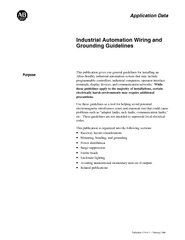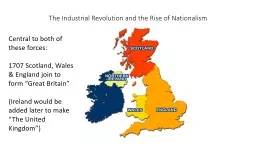PPT-The Cost of the Industrial
Author : min-jolicoeur | Published Date : 2018-12-20
Revolution In the late 1800s the Industrial Revolution tore one country completely apart An estimated 1 million people died Brother fought brother towns and
Presentation Embed Code
Download Presentation
Download Presentation The PPT/PDF document "The Cost of the Industrial" is the property of its rightful owner. Permission is granted to download and print the materials on this website for personal, non-commercial use only, and to display it on your personal computer provided you do not modify the materials and that you retain all copyright notices contained in the materials. By downloading content from our website, you accept the terms of this agreement.
The Cost of the Industrial: Transcript
Download Rules Of Document
"The Cost of the Industrial"The content belongs to its owner. You may download and print it for personal use, without modification, and keep all copyright notices. By downloading, you agree to these terms.
Related Documents














